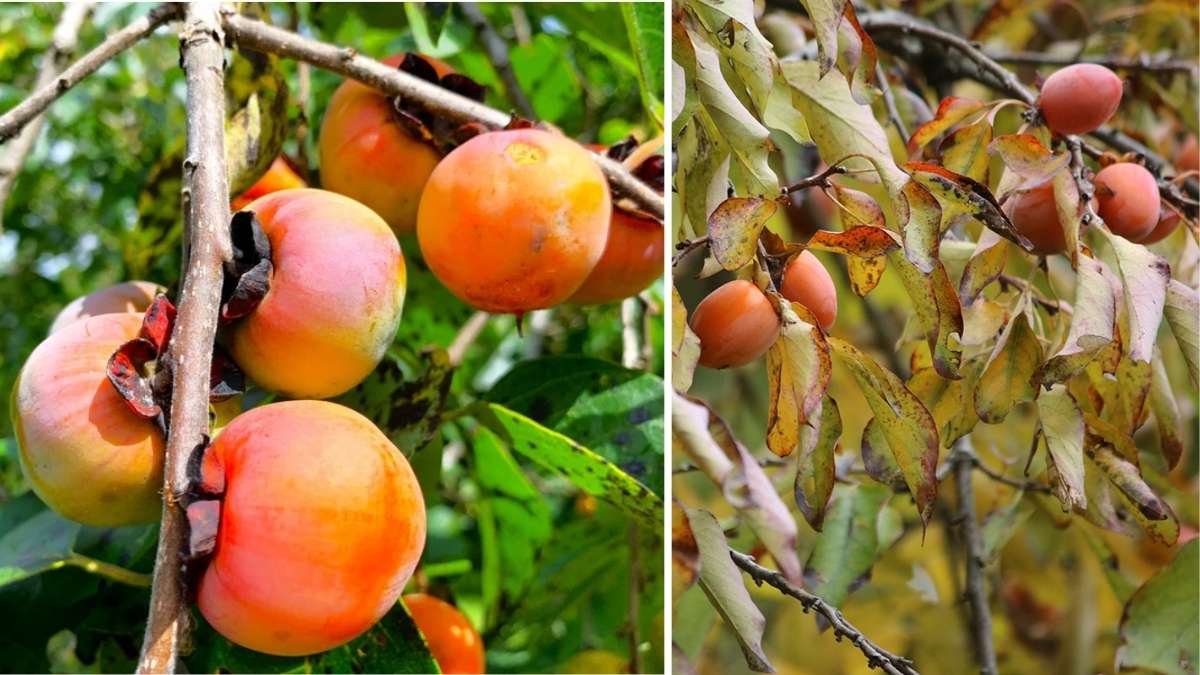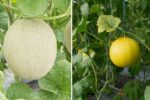American persimmon trees, scientifically known as Diospyros virginiana, are among the most rewarding fruit trees to cultivate in home gardens and orchards. Native to the eastern United States, they produce rich, honey-sweet fruits that ripen in late autumn. With the right care and patience, these hardy trees can provide abundant harvests for decades. Here’s how to grow American persimmon trees for the best possible fruit yield.
Understand How to Grow American Persimmon
Before planting, it’s important to understand the basic requirements of American persimmon trees. These trees are adaptable and resilient but respond best when certain growing conditions are met.
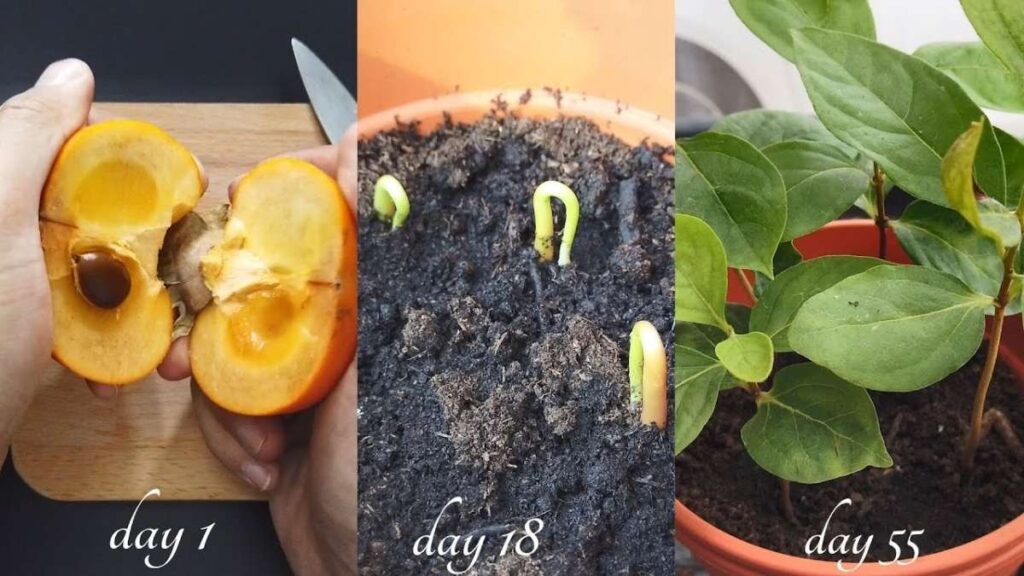
Here’s what makes them thrive:
- Sunlight: Persimmons need full sun at least six to eight hours of direct sunlight per day to produce a strong canopy and abundant fruit.
- Soil Type: They prefer well-drained, loamy soil that’s rich in organic matter. A pH level between 6.0 and 7.5 is ideal.
- Climate: American persimmons tolerate cold winters and hot summers, making them suitable for USDA zones 4 through 9.
- Patience: Seedling trees can take six to eight years to bear fruit, while grafted trees usually start producing within three to four years.
Understanding these basics helps you create the right foundation before you begin planting and caring for your trees.
How to Choose the Right Location
The success of your persimmon tree starts with the right planting spot. These trees love sunlight and thrive best when given plenty of space and well-drained soil.
Keep these points in mind when choosing your location:
- Pick a site that gets at least six to eight hours of full sunlight daily.
- Avoid low-lying or waterlogged areas to prevent root rot.
- Choose soil that is loamy, rich, and slightly acidic to neutral (pH 6.0–7.5).
- Allow 25–30 feet of space between trees to ensure good airflow and canopy spread.
Good air circulation and sunlight help reduce diseases and promote even ripening, both of which are essential for a high fruit yield.
How to Plant American Persimmon Trees
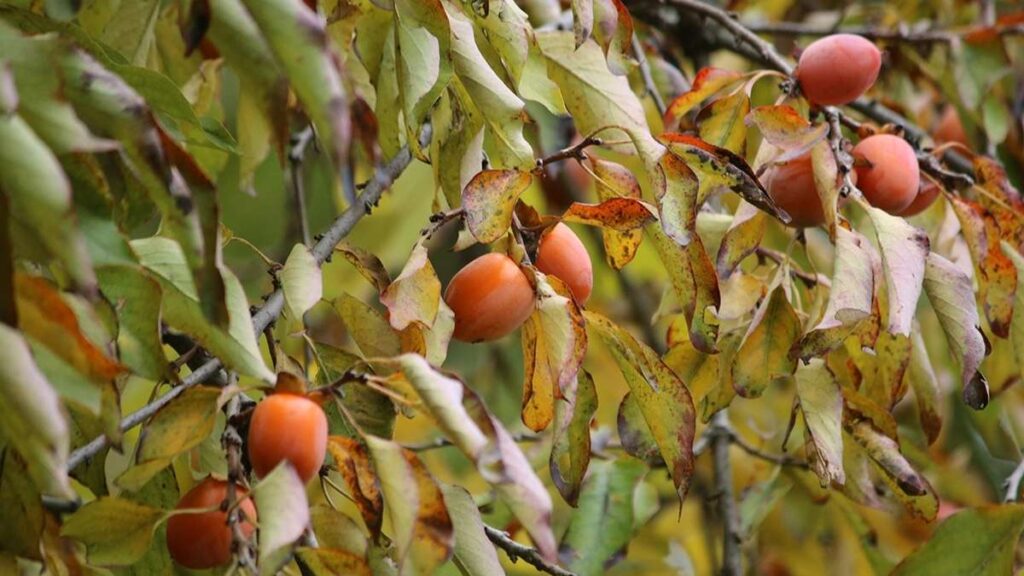
Planting at the right time and in the right way makes a big difference in how your tree establishes itself. The best planting times are early spring (after frost) or late fall (during dormancy).
Follow these simple steps:
- Dig a hole twice as wide as the tree’s root ball and about the same depth.
- Loosen the soil at the bottom to encourage root growth.
- Place the tree upright with the root collar level with the soil surface.
- Backfill the hole with the original soil and gently press it down to remove air pockets.
- Water deeply to settle the soil around the roots.
After planting, spread a 3–4 inch layer of organic mulch such as compost, straw, or wood chips around the base, but keep it a few inches away from the trunk. This helps retain moisture, suppress weeds, and regulate soil temperature.
How to Water and Feed Your Persimmon Trees

American persimmon trees are quite hardy, but consistent watering and balanced feeding are key to good fruiting.
- Watering: For the first two to three years, water deeply once or twice a week to help roots grow strong and deep. Mature trees can tolerate some drought but will bear better fruit if watered regularly during flowering and fruiting.
- Feeding: Over-fertilizing can lead to lush foliage but few fruits. Use a balanced fertilizer (10-10-10) or organic compost once a year in early spring. Spread it evenly around the drip line of the tree rather than near the trunk.
You can also mix in organic matter like leaf mold or composted manure to improve soil structure naturally.
How to Ensure Good Pollination
Pollination plays a crucial role in the size and number of fruits your tree produces. American persimmon trees can be male, female, or occasionally self-fertile. For maximum yield, it’s wise to plant both male and female trees.
Here’s how to improve pollination:
- Plant at least one male tree for every eight to ten female trees.
- Attract pollinators like bees and butterflies by growing native wildflowers nearby.
- Avoid pesticide use during the flowering period, as it can harm pollinators.
With proper pollination, your trees will produce fuller, sweeter, and more abundant fruits.
How to Prune for Better Fruit Yield
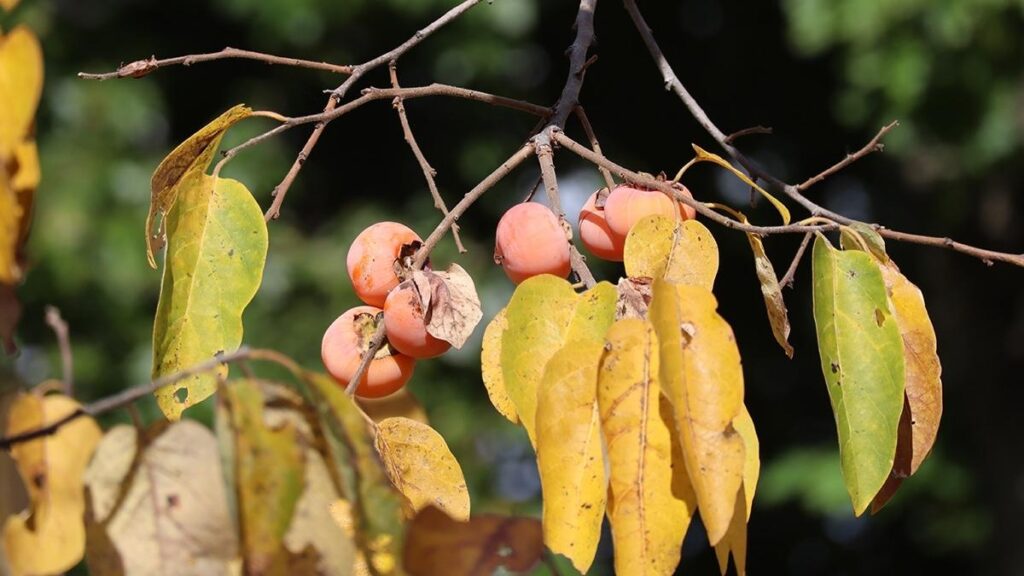
Pruning is one of the most effective ways to maintain a healthy tree and increase fruit quality. Late winter or early spring, before new buds emerge, is the best time to prune.
Focus on:
- Removing dead, diseased, or crossing branches.
- Thinning dense areas to improve airflow and sunlight penetration.
- Shaping the tree into an open-center or modified central leader form for stronger branches.
A well-pruned tree channels more energy into fruit development rather than excessive foliage, which helps boost yield and fruit size.
How to Protect Persimmon Trees from Pests and Diseases
American persimmons are naturally resilient, but pests and diseases can still cause occasional trouble.
Common pests include:
- Persimmon psylla – small insects that feed on leaves and sap.
- Scale insects – appear as small bumps on stems and leaves.
- Webworms – caterpillars that create webs on branches.
Natural control methods include spraying with neem oil or horticultural oils and pruning affected parts. Encourage beneficial insects like ladybugs to keep pest populations low.
For fungal issues like leaf spot or anthracnose, ensure proper spacing and avoid watering from above. Clean up fallen leaves and fruits in autumn to reduce disease risks for the next season.
How to Harvest and Handle Persimmons

Growing persimmons teaches patience. Grafted trees start bearing fruit in about three to four years, while seedling trees may take up to eight years.
You’ll know your fruits are ready to harvest when they turn deep orange or reddish-orange and begin to soften. The first frost often signals peak ripeness, enhancing their natural sweetness.
To harvest:
- Gently twist or clip fruits from the branch.
- Handle carefully to avoid bruising.
- Store ripe fruits in a cool, dry place or refrigerate for a few days.
Overripe persimmons are perfect for making puddings, breads, or jams. Their rich flavor deepens after ripening, so some gardeners allow them to soften fully before eating.
How to Maintain Consistent Yields Every Year
Persimmon trees sometimes produce heavily one year and lightly the next, a phenomenon known as alternate bearing. You can manage this with a few simple practices:
- Thin fruits during heavy years, leaving about 4–6 inches between developing fruits on each branch.
- Maintain regular watering and feeding schedules.
- Prune lightly every year to encourage new fruiting wood.
Consistency in care ensures your tree puts its energy into balanced fruit production instead of exhausting itself one season.
Conclusion
Learning how to grow American persimmon trees for maximum fruit yield is a long-term investment that pays off in flavor, beauty, and abundance. From choosing the right location and soil to pruning, pollination, and harvesting, every step matters in helping these trees reach their full potential. Once established, they require little care but reward you with bountiful crops of golden-orange fruits that mark the sweetness of fall.
Whether you’re growing them for your backyard, a family orchard, or simply to enjoy their autumn beauty, the American persimmon is a tree that gives back generously for years to come.
